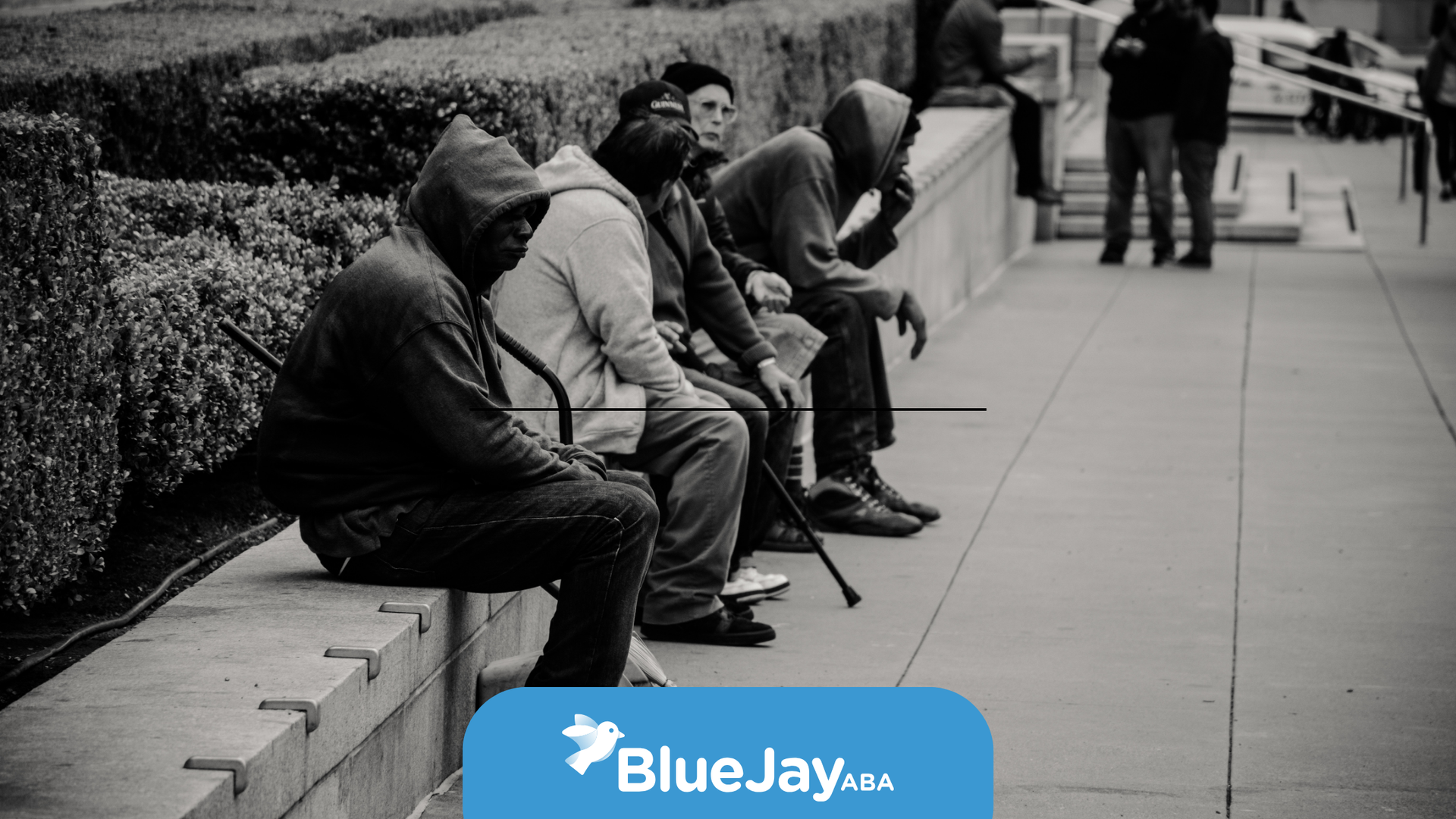Can You Use ABA on Yourself? Understanding Self-Applied ABA
Many people wonder whether ABA techniques can be used on yourself, and the answer is yes—at least partly. ABA (Applied Behavior Analysis) is built on understanding behavior and using structured strategies to create positive change. While full ABA therapy requires a trained professional, several ABA-inspired tools are simple enough for individuals to apply on their own.
For example, you can use positive reinforcement by rewarding yourself when you achieve a goal, such as finishing a task or sticking to a routine. Task analysis—breaking a big task into smaller steps—can also help improve productivity and reduce overwhelm. Visual supports, checklists, timers, and self-monitoring charts are additional ABA strategies that many people use daily without realizing they’re rooted in behavioral science.
However, self-applied ABA does have limits. Complex goals, emotional regulation challenges, or behavior patterns related to autism usually benefit from professional guidance. A Board Certified Behavior Analyst (BCBA) ensures strategies are safe, customized, and effective.
At Blue Jay ABA, we encourage families to use simple ABA tools at home while partnering with our team for structured therapy. Together, these approaches help create meaningful, long-lasting progress.
Frequently Asked Questions
Can someone use ABA techniques on themselves?
Yes—many ABA strategies like positive reinforcement, goal-setting, and task analysis can be applied independently.
Is self-applied ABA the same as formal ABA therapy?
No. While you can use certain tools on your own, formal ABA therapy requires a trained BCBA who designs individualized treatment plans.
What ABA techniques can people use on their own?
Visual schedules, self-monitoring charts, reward systems, and breaking tasks into smaller steps are common self-use strategies.
Related Posts






